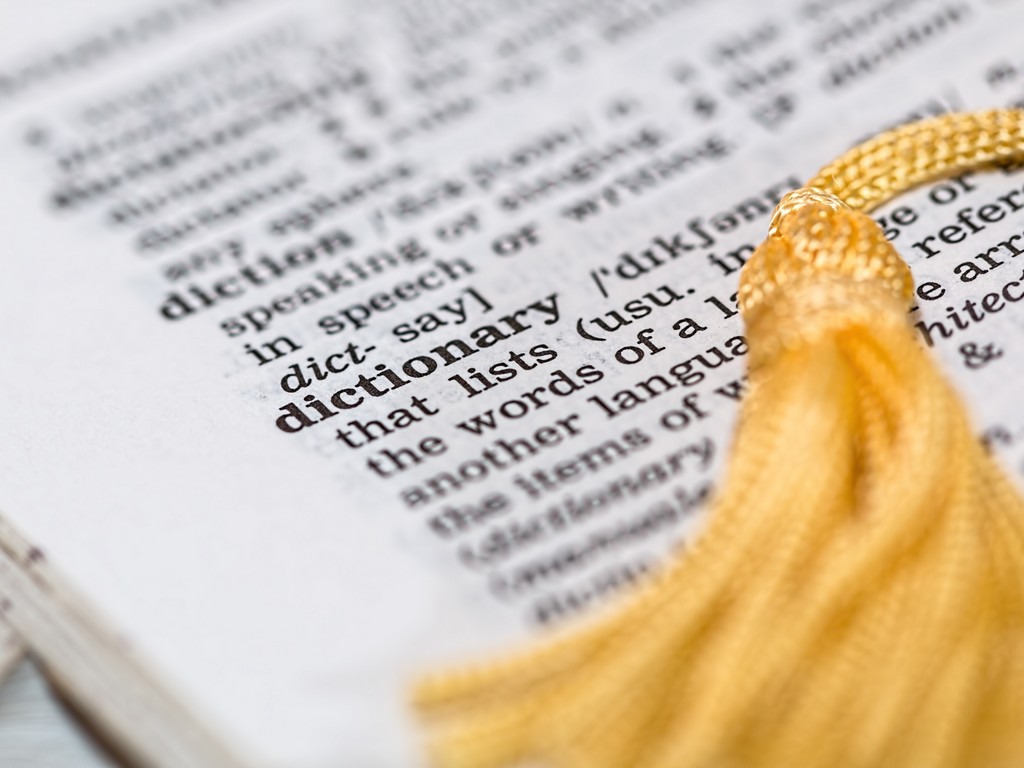Understanding Multicultural Education in a Pluralistic Society
What is multicultural education?
At its simplest, multicultural education in a pluralistic society 11th edition is about equal opportunities for all students, regardless of their background or identity. It is an approach to teaching that acknowledges and celebrates the diversity of our society and seeks to ensure that all students feel included and valued in the classroom.
Multicultural education has been shown to have numerous benefits for students. When implemented effectively, it can improve academic achievement, reduce achievement gaps, and promote social and emotional learning. A well-rounded curriculum that includes diverse perspectives can also help students develop critical thinking skills and prepare them for success in an increasingly globalized world.
Despite these benefits, there is still much work to be done to ensure that all students have access to a quality multicultural education. In many schools, the curriculum remains focused on the experiences of white, middle-class students, while the experiences of students of color and other marginalized groups are often invisible. This can hurt students’ sense of self-worth and belonging.
There are several ways to address this issue.
One is to make sure that the curriculum is inclusive of all groups of people. This can be done by incorporating a variety of perspectives into the teaching of core subjects such as history, English, and science. Another way to support multicultural education is through teacher training. Teachers must have the knowledge and skills necessary to create an inclusive classroom environment where all students feel valued and respected.
If you’re interested in learning more about multicultural education, there are several resources available. The National Education Association offers a variety of resources on its website, including information on culturally responsive teaching and lesson plans for educators. The Multicultural Education Training Institute also offers workshops and courses on multicultural education for educators.
Top Advantages of Multicultural Education
Multicultural education is becoming increasingly popular in schools around the globe. Many educators believe that it is the best way to prepare students for an increasingly globalized world. Here are some of the top advantages of multicultural education:
1. It teaches students about the world.
Multicultural education exposes students to different cultures and worldviews. They learn about the customs and traditions of other people and gain a better understanding of the world around them. This can help them become more tolerant and open-minded individuals.
2. It helps students develop critical thinking skills.
Multicultural education encourages students to question their assumptions and to think critically about the world around them. They learn to examine issues from multiple perspectives and develop their own opinions. This helps them develop important skills that they will need in college and their future careers.
3. It prepares students for an increasingly globalized world.
In today’s world, it is more important than ever to be able to understand and appreciate different cultures. Multicultural education gives students the skills and knowledge they need to succeed in a globalized world.
4. It promotes equity and social justice.
Multicultural education helps to promote equity and social justice by allowing all students to learn about and celebrate their own cultures. It also challenges students to think about how they can make the world a more just and inclusive place for everyone.
5. It makes school more enjoyable for everyone.
Multicultural education can make school a more enjoyable and engaging place for all students. When students feel like they are respected and valued, they are more likely to be motivated and invested in their education.
Implementing Multicultural Education in the Classroom
Multicultural education is an approach to teaching that acknowledges and values the diversity of all students in the classroom. It is based on the belief that all students should feel safe, included, and valued in the classroom.
Multicultural education is not a new concept. It has its roots in the Civil Rights Movement of the 1960s. At that time, leaders such as Dr. Martin Luther King Jr. fought for the right of all people to be treated equally, regardless of their race or ethnicity. While much progress has been made since then, there is still more work to be done in ensuring that all students have access to quality education.
There are many ways to incorporate multicultural education into the classroom.
One way is to use instructional materials that reflect the diversity of the students in the class. This could include books, articles, videos, and other resources that feature people of different racial and ethnic backgrounds. It is also important to make sure that the curriculum includes content about a variety of cultures. This will help all students to see themselves and their cultures represented in the classroom.
Another way to promote multicultural education is to create a classroom environment that is welcoming to all students. This means creating an inclusive space where everyone feels like they belong. This can be done by hanging posters or decorations that represent different cultures, using students’ names and pictures in class materials, and using a variety of Equity pedagogies.
It is also important to have ongoing conversations with students about diversity and inclusion. This can be done through classroom discussions, small group work, and individual interviews. These conversations will help students to think critically about issues of diversity and learn from each other’s perspectives.
Multicultural education is a process that takes time and effort. It is important to start small and build upon successes. By taking these steps, we can create classrooms that are truly inclusive of all students.
Overcoming Challenges in Multicultural Education
Multicultural education is a field of study that focuses on the experiences, perspectives, and needs of diverse groups. It can be viewed as a way to prepare students for an increasingly globalized world by helping them understand different cultures and how they interact with one another.
Multicultural education has been around since the 1960s when it was first introduced in response to civil rights issues such as segregation, prejudice, and discrimination based on race or ethnicity. Since then, multiculturalism has become more widely accepted as an educational approach at both national levels (e.g., United States) as well as international levels (e.g., European Union).
Challenges of Multicultural Education
There are many challenges to multicultural education, including:
- Lack of cultural awareness. Teachers may not be aware of their own biases or how their actions affect students from different cultures. In addition, teachers may not know how to help students who come from different backgrounds learn effectively in the classroom environment.
- Language barriers. Some students do not speak English as their first language and have difficulty communicating with teachers and classmates because they don’t understand what’s being said or asked of them in class discussions or assignments that require writing skills in English (which is often required at higher grades). This can lead to feeling isolated and discouraged from participating in classroom activities where they might otherwise excel if given the opportunity
Strategies to Overcome Challenges
You can overcome the challenges of multicultural education by developing cultural awareness, establishing communication, and promoting understanding.
Developing cultural awareness:
When teaching children from different cultures, it is important to understand that they may have different customs and traditions than your own. This will help you avoid offending the child or their family when teaching them something new. For example, if you are teaching a lesson about Thanksgiving Day in America, don’t assume that all students know what this holiday is about since it isn’t celebrated in other countries around the world (or even within America).
You could say something like “I’m going to teach everyone how we celebrate Thanksgiving here in America.” You could then explain how we give thanks for all that we have been blessed with by giving food away or volunteering at local shelters/food banks etc. If one of your students asks why Americans do this on November 22nd every year instead of December 25th as many other countries do; simply explain that our early settlers landed here during wintertime so they wanted their celebration before Christmas came along.”
Designing a Multicultural Education Curriculum
Are you looking to design a multicultural education curriculum? In today’s diverse world, it is essential to create a curriculum that promotes cultural understanding and inclusivity. In this article, we will discuss some key factors to consider when designing a multicultural education curriculum.
Understanding Multicultural Education
Multicultural education is an approach to teaching that recognizes and respects cultural diversity. It aims to create an inclusive learning environment that values and celebrates differences. When designing a multicultural education curriculum, it is crucial to have a clear understanding of what multicultural education is and why it is essential.
Identifying Learning Objectives
The next step is to identify the learning objectives of your curriculum. What do you want your students to learn? What skills do you want them to develop? By identifying clear learning objectives, you can ensure that your curriculum is focused and effective.
Choosing Appropriate Materials
When designing a multicultural education curriculum, it is essential to choose appropriate materials. This includes textbooks, literature, and other resources that reflect the diversity of your students. It is crucial to ensure that the materials you choose are accurate, respectful, and culturally sensitive.
Incorporating Multicultural Perspectives
Incorporating multicultural perspectives into your curriculum is a crucial step. This involves integrating diverse perspectives into your lessons and activities. It is essential to provide opportunities for students to explore different cultures, traditions, and experiences.
Providing Professional Development
To ensure the success of your multicultural education curriculum, it is essential to provide professional development opportunities for your teachers. This includes training on cultural competency, diversity, and inclusion. By investing in your teachers, you can ensure that they have the skills and knowledge necessary to implement your curriculum effectively.
FAQs
Q1. What is multicultural education? Multicultural education is an approach to teaching that recognizes and respects cultural diversity. It aims to create an inclusive learning environment that values and celebrates differences.
Q2. Why is multicultural education important? Multicultural education is essential because it promotes cultural understanding and inclusivity. It helps to create an inclusive learning environment that values and celebrates differences.
Q3. How do you design a multicultural education curriculum? To design a multicultural education curriculum, you need to understand multicultural education, identify learning objectives, choose appropriate materials, incorporate multicultural perspectives, and provide professional development.
Q4. What are some examples of multicultural perspectives? Multicultural perspectives can include different cultural traditions, experiences, and perspectives. This can include literature, art, music, and history from different cultures.
Q5. What is the role of teachers in multicultural education? Teachers play a crucial role in multicultural education. They are responsible for implementing the curriculum and creating an inclusive learning environment that values and celebrates differences.
Designing a multicultural education curriculum requires careful consideration and planning. By understanding multicultural education, identifying learning objectives, choosing appropriate materials, incorporating multicultural perspectives, and providing professional development, you can create an inclusive learning environment that values and celebrates diversity. Remember to invest in your teachers and provide them with the skills and knowledge necessary to implement your curriculum effectively. With these steps, you can design a curriculum that promotes cultural understanding and inclusivity for all students.

Joan Seifert es una educadora experimentada con más de 10 años de experiencia en enseñanza/educación. Con una profunda pasión por capacitar a los estudiantes de todas las edades y orígenes, ha dedicado su carrera a crear entornos de aprendizaje innovadores que fomenten el crecimiento personal, el pensamiento crítico y el éxito académico.
Ha sido reconocida por innumerables publicaciones o contribuciones a blogs educativos. También es una oradora, consultora y mentora solicitada que ha ayudado a innumerables educadores, estudiantes y organizaciones a alcanzar sus objetivos.
Ella cree que el aprendizaje debe ser una búsqueda de por vida, y está comprometida a inspirar a otros a abrazar el poder de la educación para transformar vidas y comunidades.
